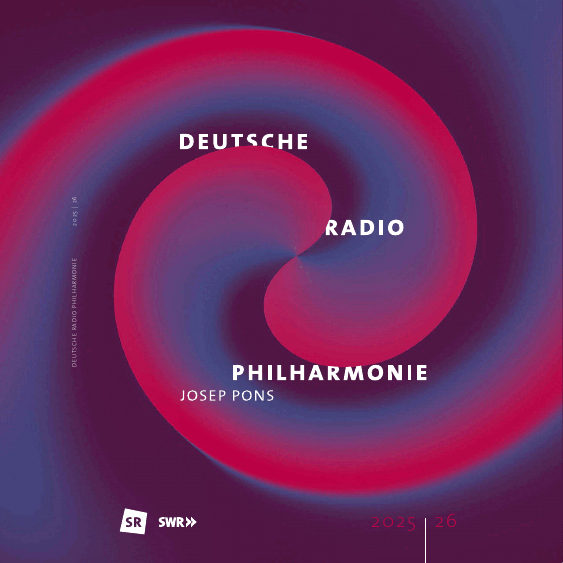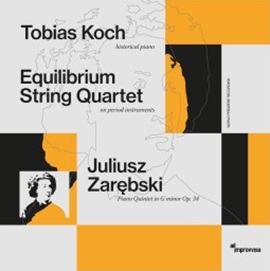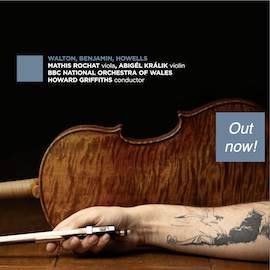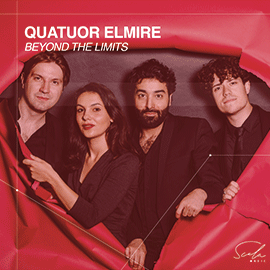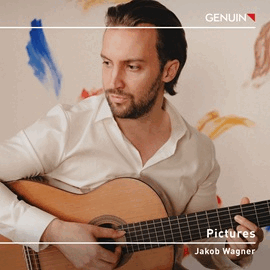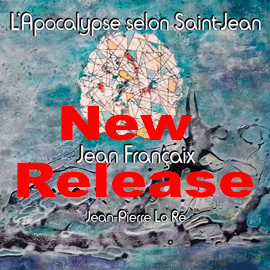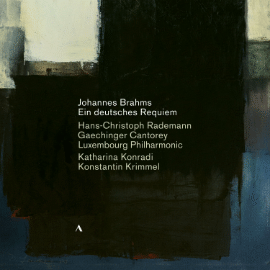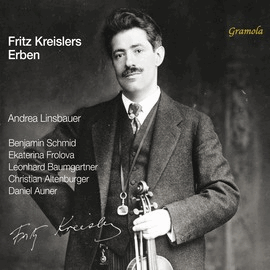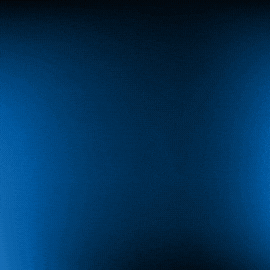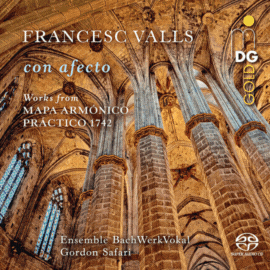You used to work in the record industry, and now you have set up your own label, Voilà Records. Why?
I had been thinking about creating my own label for a long time. I wanted a space where I could have complete freedom at every stage, from artistic choices to editorial and marketing decisions. I wanted to be able to decide on the casting, the repertoire and the visual identity. As a music lover, I am naturally passionate about all of these things, and I wanted to have control over them from start to finish.
Before that, I worked for several years at Aparté and Evidence Classics as a label manager, where I learned a great deal about all aspects of the classical music production chain. And I continue to support and advise labels today, notably the Présence Compositrices label.
What is the label’s goal, what makes it unique?
Voilà Records has a unique mission: to record and introduce audiences to completely unknown and forgotten pieces from the classical repertoire. By ‘forgotten’, I mean pieces that have been overlooked, often for reasons unrelated to the music itself, by composers of the past. My focus is primarily on the period between 1870 and 1920, a time of tremendous inventiveness when European music was brimming with energy and still held many undiscovered gems.
The label’s distinctive feature is its deliberate artisanal approach: a maximum of one or two releases per year, most often in the form of a monographic box set devoted to a composer who is completely unknown. Each project explores vocal and instrumental music to gain a thorough understanding of the discovered personal languages, with meticulous editorial work: often the first biography ever written, extensive iconographic documentation and in-depth research to contextualise the work.
We demand the highest standards at every level: the choice of works, the performers, the instruments (for example, we choose exceptional pianos for the recording sessions), the technical quality of the recording with selected acoustics, the thoroughness of the research, and even the print quality of the finished project. We firmly believe in the importance of physical media, provided that it is made into a collector’s item. It is this consistency that Voilà Records seeks to uphold.
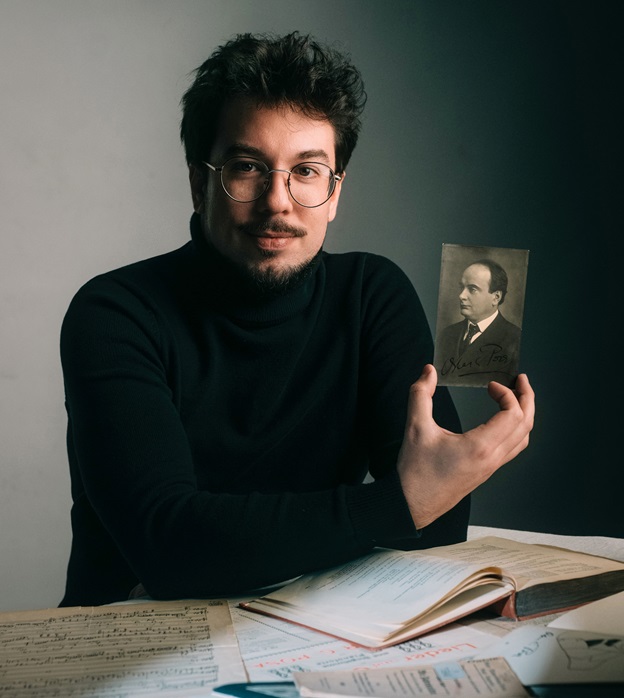
Olivier Lalane
(c) Marc de Pierrefeu
Why did you choose Oskar Posa’s works for the launch?
In reality, the question is almost backwards: it wasn’t me who chose Posa, it was Posa who led me to create the label. I came across his name by chance in 2020, during lockdown, while leafing through an old poster for a concert in 1905. He appeared alongside Zemlinsky and Schönberg in a historic program, featuring the premieres of The Little Mermaid and Pelléas et Mélisande. How could an unknown figure find himself alongside these two major figures of Viennese post-Romanticism?
I wanted to find out more… and came up against a complete void: no information online, and a total absence in music dictionaries. So I began to investigate. And from the very first scores deciphered on Juliette Journaux’s piano, we were literally stunned by the quality of this music, by the personality that emanated from it. A corpus of such richness, entirely buried, was dizzying. The project, initially modest (simply recording the lieder to make them known), quickly expanded. The chamber music proved to be just as powerful and original. So we had to tell this story, give this composer a voice again, and understand why he had disappeared. From there came the idea for a major inaugural monograph, in the form of two CDs and a substantial booklet of over 250 pages.
 How did you go about finding these works?
How did you go about finding these works?
First of all, it must be said that Posa’s corpus made our task a little easier: it is relatively compact, comprising barely twenty opuses. So we were not dealing with a monumental work like Bach or Schubert. And then we quickly came across a German thesis, written by Wolfgang Behrens in 1996, entirely devoted to Posa. It laid a solid biographical foundation and listed a number of scores, most of which are kept at the Vienna Municipal Library.
However, finding the complete body of work was no mean feat. Many of the pieces had never been published — only manuscripts existed of the Albumblatt for piano, the Andante for cello and piano, and the Quartet. To access scans of these manuscripts, permission had to be obtained from the rights holders. When I discovered Posa in 2020, his work was not yet in the public domain — we had to wait until 2022 for that to happen.
Then I had to find the rights holders in order to resolve the situation. Posa had no children and his family had dispersed; no publisher seemed to know anything about it. After many detours, I finally identified a great-great-grandniece in the United States with the help of genealogy research. She obtained her father’s consent and granted me access to all the manuscripts. In the course of my research, I even ended up buying an original autograph manuscript myself from an antique dealer, that of the lied Unwetter, opus 10.
In total, it took me nearly four years to gather and record the entire vocal and instrumental corpus. And there are still some gaps: for example, a vast orchestral work, a Prélude et fugue fantastique, opus 19, seems to have been lost.
Your publication is exemplary, with a 250-page booklet containing historical and musicological studies, all the lyrics, photos, and other information. How do you plan to recoup the cost of such a publication?
Ha ha ha! I suspect you already know the answer to that question! To be honest, I don’t intend to recoup the cost of this publication, and I would be completely incapable of doing so. The economic model for such an ambitious project simply does not allow the costs to be covered: between the artists’ fees, the rental of the venue and the piano, the sound engineer, transportation, manufacturing, and everything else, even if we sold several times the total print run, we would still be far from breaking even.
Not to mention the graphic design, layout and musicological work that I did for free. Nor the free rehearsals that the artists did.
This project was never intended to generate profit; it was designed to demonstrate what can be achieved when artistic standards take precedence. It’s an investment in heritage, not a commercial venture. I hope that the quality of this box set, and the excellent reception it has already received in the international press, will attract patrons or institutions willing to support projects of this scale.
The only conceivable form of profitability is ultimately indirect: gaining credibility, trust, and lasting partnerships that will enable us to go further. And if all goes well, Voilà Records may even be able to tackle something that has long tempted me: the resurrection of a few forgotten operas…



